On coffee - that beguiling, bittersweet brew.
How history, health and climate define the many avatars of coffee.
This post first appeared in the Hindustan Times on 01/08/2025.
Audio podcast found here, and video overview here.
About a thousand years ago, in the mountains of Ethiopia, a shepherd boy named Kaldi saw his goats acting strangely. The next day, he followed them saw them eat red berries growing in clumps on a short tree with waxy, dark-green leaves under the rainforest canopy. He plucked a berry and popped it into his mouth. Its meagre flesh was sweet, encasing twin seeds. He bit into these too and found them hard and bitter, but within 15 minutes, he had a spring in his step and was hopping along with his goats.
This is coffee’s origin tale in the highlands of the Kaffa region of Ethiopia. It’s the first avatar of what might well be the world’s most consumed psychoactive drug. The berry and its bean spread from these cool and wet climes around the world, but this is the climate that still suits coffea best.
Back then, as word spread of this bean and its effects, priests began to chew on it to help them stay awake through long rituals. It took hundreds of years, journalist Mark Pendergrast writes in his book Uncommon Grounds (1999), for coffee beans to be roasted and brewed. Then, plantations came up in Yemen, and the Yemenese port city of Mocha became the hub for global exports of a drink that became very popular in coffee houses through the Islamic world.
Venetian traders popularised the brew in Europe, but they still relied for their supply on roasted beans from Arab traders, who tightly guarded live plants and sterilized any seeds that were exported. By the 17th century, coffee houses had spread rapidly across Europe, with England, particularly London and Oxford, becoming renowned for their vibrant “penny universities”, where people from across social backgrounds engaged in lively discussion, news-sharing and intellectual debate.
Unlike taverns, these venues promoted the exchange of ideas and served as breeding grounds for Enlightenment-era thought. Several major British institutions originated in coffee houses: the Lloyd’s insurance company began at Edward Lloyd’s coffee house; the London Stock Exchange grew out of trades made at a café called Jonathan’s. Members of the Royal Society frequently met in coffee houses. The coffee house catalysed Britain’s intellectual transformation.
Coffee’s second avatar, or rather the caffeine it contained, lay at the heart of this. Caffeine is structurally similar to adenosine, a naturally occurring neurochemical that builds up in the brain over the day and signals, by evening, that it is time for the body to rest. That’s because adenosine receptors, when activated, promote calm and sleep and regulate mood and motivation. Caffeine resembles adenosine closely enough to bind to its receptors in the brain, but unlike adenosine, it does not activate them. By occupying these receptors without triggering them, caffeine blocks adenosine’s calming effect, leading to increased neuronal activity. Ingesting caffeine makes one feel less sleepy, more alert, improves reflexes and makes one more energised. In short, it made people more industrious.
As demand grew, Europe’s merchants began to ask themselves: Can we not grow this bean ourselves? The Dutch were the first to break the Arab monopoly by acquiring live coffee plants — historical accounts differ as to whether this was through smuggling or a gift — and cultivating them first in Ceylon (Sri Lanka) and then in Java (Indonesia), in the 17th century. The French then obtained a plant from the Dutch botanical gardens in Amsterdam, which they successfully cultivated on Réunion (Bourbon Island) and then spread through the Caribbean. Around this time, legend has it that Baba Budan, a Sufi saint, smuggled seven seeds, hidden in his beard, to India to set up the country’s first coffee plantation in Karnataka.
Cultivation of this crop is time- and labour-intensive, requiring several steps that must each be executed with precision. First, seeds must be selected and nursed into seedlings. These must be transplanted and tended to (with regular weeding, pruning, pest and disease control, and irrigation). At harvest, the cherries must be hand-picked, often selectively and over several phases, since they ripen unevenly. Post-harvest, the cherries must be processed, dried, hulled, sorted, graded and roasted, each step involving at least a certain degree of skilled manual labour.
In a coffee plantation that I recently visited in Tamil Nadu, harvest coincides with the winter rains and the manager must cajole workers to stand in the downpour, braving leeches, to pick the cherries. Wages exceed Rs 1,000 a day, with bonuses for productivity, but still, plantation owner Shaker Nagarajan says, labour is not easy to come by. As an aside, in one of the world’s most expensive coffees, the Kopi Luwak, much of this process is outsourced to Asian palm civet cats, who eat and pass the bean, their stomach enzymes enhancing the flavour. Someone still has to collect the scat, extract the beans, clean, dry and roast them.
Back in the 17th century, the need for all this labour spurred coffee’s cruellest avatar, a plantation-grown crop enabled by deforestation and slavery. And it was brutal. Haiti, which in 1788 provided nearly half the world’s coffee, had conditions so inhuman that a slave’s life expectancy was 21 years.
Then the coffee bean began eating into the rainforests of Brazil.
The seeds entered Brazil, supposedly, hidden in a bouquet presented by the wife of the governor of French Guiana to her Portuguese lover. After Brazil broke free of Portuguese rule in 1822, coffee plantations grew swiftly, clearing enormous swathes of the Amazon in the process. Ecological historian Warren Dean describes how a crew of loggers would ascend a hillside, cutting through a swath of trees without felling them—until the foreman severed the “master tree.” Its fall would trigger, like dominos, the entire hillside of forest to collapse in a “tremendous explosion”. The felled trees were later set ablaze, leaving the land "blackened, smouldering, and desolate”. The ash, writes Pendergrast, provided a boost for the coffee seedlings, and when the soil grew tired, the plantation owner moved on and burned a fresh patch of forest.
The irony of destroying a forest to plant a shade-loving crop was lost on the farmers.
Brazil became, and remains, the world’s leading producer of the bean; its gigantic coffea harvest pushed prices low enough to make coffee a mass-market drink. Only now, the true cost of the deforestation is coming due for us all.
But in the 19th century, as prices fell, coffee entered homes, unleashing a cultural revolution in the process. Historian AR Venkatachalapathy writes how, in the early 20th century, families in Tamil Nadu drank neeragaram or kanji, a kind of fermented rice water. Conservative commentators bemoaned people abandoning this nutritional beverage for the amoral, probably unhealthy, new brew. Special outrage was reserved for women (women!) becoming addicted to their twice daily cuppa. In America too, around the same time, there was a raging battle over coffee’s possible health impacts, with dubious arguments and counterarguments playing out in popular advertisements. But too many had grown accustomed to the alertness that the morning cuppa provided for them to surrender it, and coffee’s hold on households grew and grew.
Then, in the 1950s, climate struck, with a frost decimating the Brazilian crop, causing coffee prices to skyrocket. From the ashes of this disaster, a new coffee avatar rose like a phoenix: Instant coffee, where cost, convenience and nifty advertising combine to triumph over taste. Importantly, as taste took a backseat, the hardier but harsher-tasting Coffea canephora aka Robusta rose to prominence. This higher-yielding crop that thrived in sunshine marked a new era in coffee, with the plant now devastating new geographies in Brazil, Uganda and Vietnam.
In the 1960s, in keeping with the global zeitgeist of the Green Revolution, scientists began to develop new strains of Arabica that could tolerate sunlight, but needed far more fertiliser. This meant farmers could deforest with impunity. The loss of forest and the addition of copious amounts of fertilizer became a double whammy for soil health.
Then, technology spawned a new avatar of caffeine – one divorced entirely from its botanical origins. A 350 ml can of Coca Cola contains about 34 mg of the caffeine compared to the hefty 94 mg provided by a regular cup of coffee. In the mid-60s, soft drink manufacturers were advertising heavily on TVs that were becoming ubiquitous in American homes, resculpting the biochemistry of generations to come.
To understand why, let’s get back to the biochemistry of caffeine. Neuroscientist and popular podcaster, Andrew Huberman, calls it a reinforcer. It does this by making the dopamine circuits more effective in brain areas that make you feel alert and good, encouraging you to indulge in behaviours that accompany that shot of the substance.
This is what makes associating with digital media consumption so troubling. In a study of 319 Caucasian and Hispanic adolescents, scientists found that both higher screen time and caffeine intake were linked to reduced total sleep time. In older adolescents, especially, caffeine consumption had a stronger impact. Many energy drinks today contain nearly as much caffeine as a cup of coffee, and are ingested by sleep-deprived teens while scrolling mindlessly through Reels, not by a industrious young adult at the beginning of their day. Now, imagine the brain being re-sculpted, not towards enlightenment but towards the mindless consumption of content designed to make tech companies wealthier while leaving us more anxious and distracted. If caffeine was indeed reinforcing this habit, we have a problem. One made worse by the sleep deprivation that caffeine can sustain.
In the past decade, climate is wreaking havoc on the plant. The highland, shade-loving plant is suffering in the heat. Rising temperatures and humidity levels further tilt the balance in favour of pests like the coffee bean borer and coffee leaf rust. In many places, plantations are moving to higher, cooler altitudes to cope. In 2015, a study found that, based on current climate projections, about half the land currently used for coffee production would no longer be suitable for the crop, by the 2050s.
As though to prove them right, coffee harvests suffered across Vietnam, Brazil and Colombia recently, leading to record prices. American tariffs on Brazilian coffee only add to the pain. On the other hand, many consumers are increasingly asking for fair-trade beans and sustainably produced brew. Is there a way to tie the two together? Perhaps. And India maybe well-placed to benefit from such a trend.



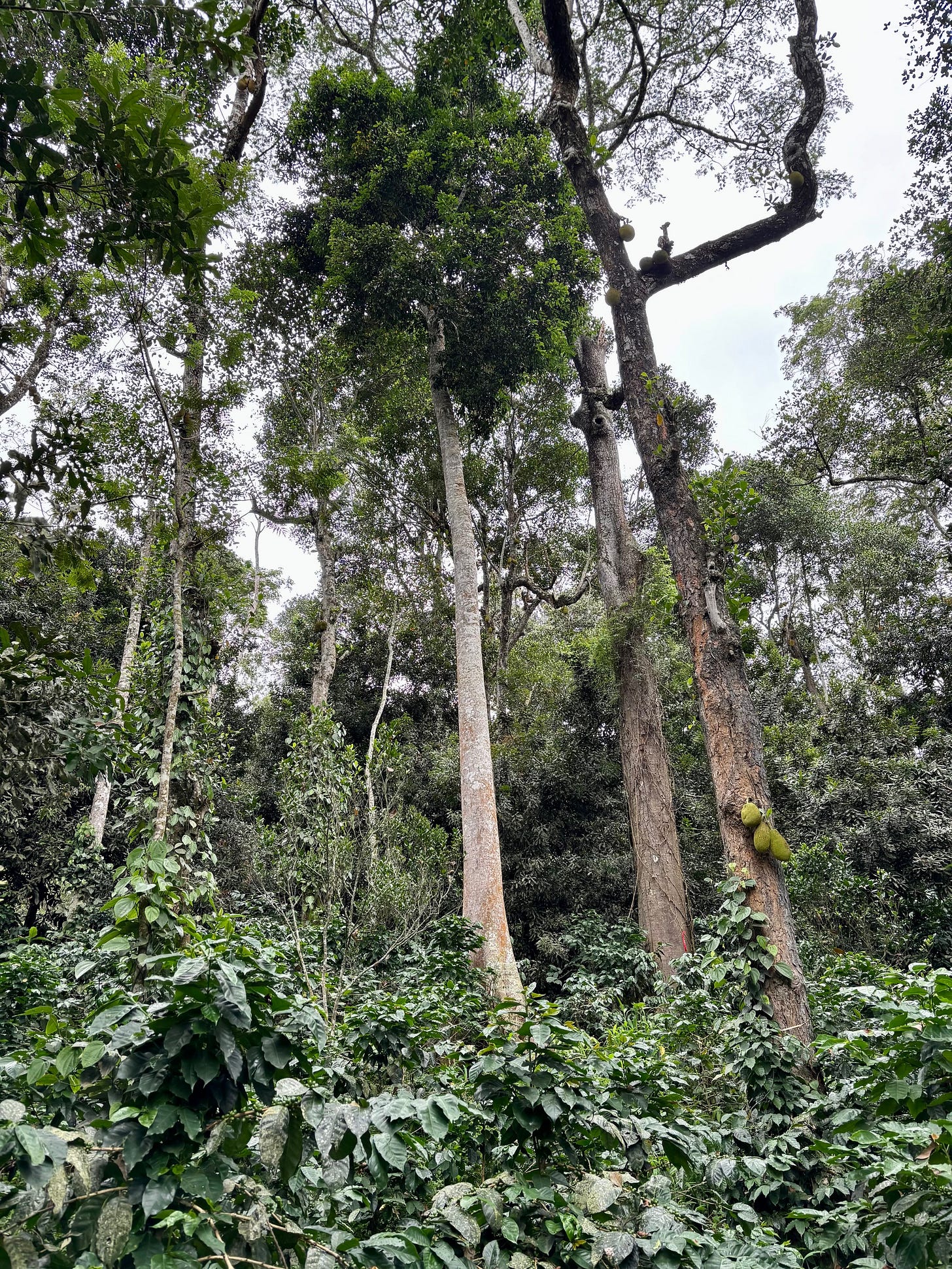
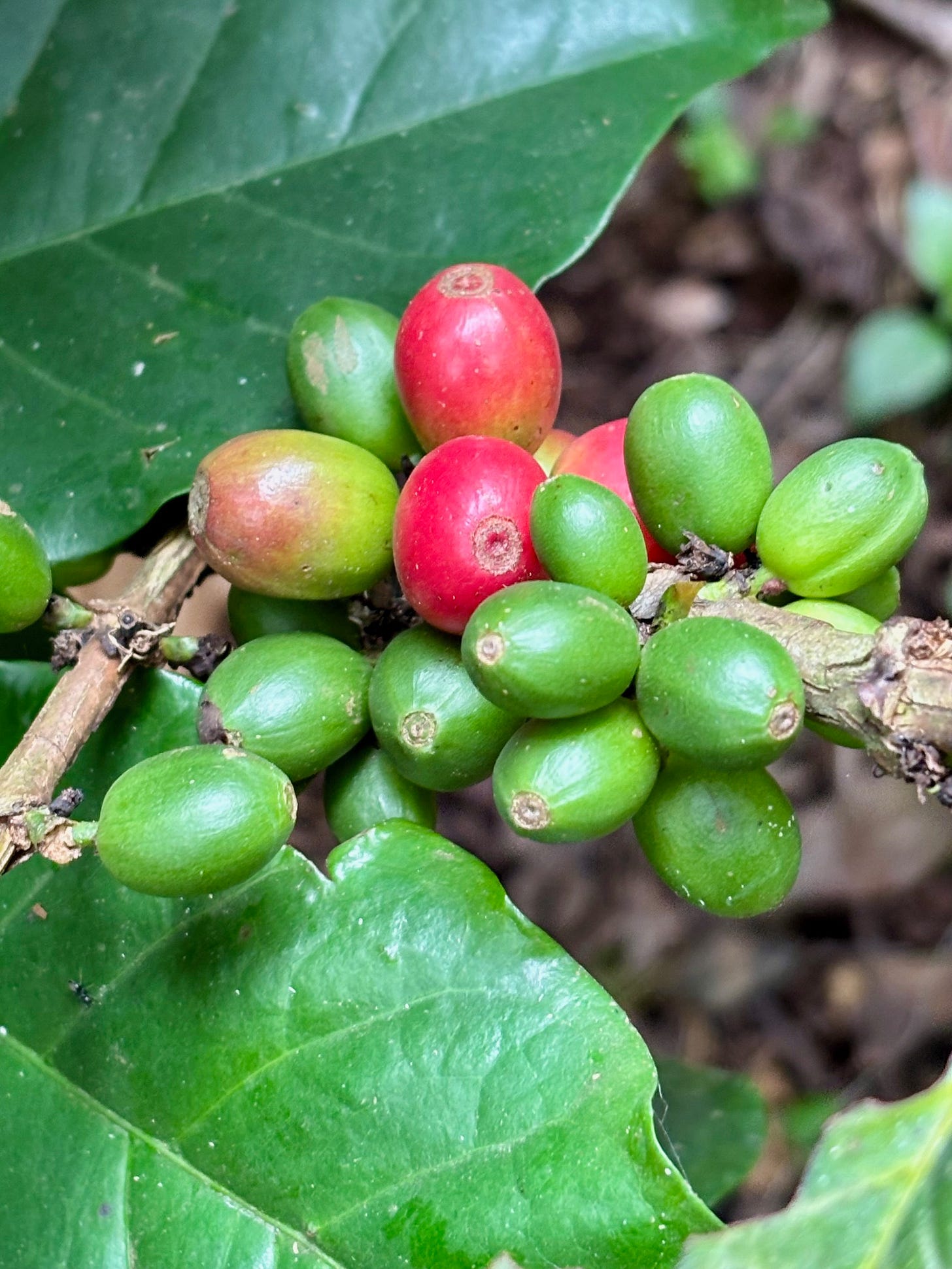
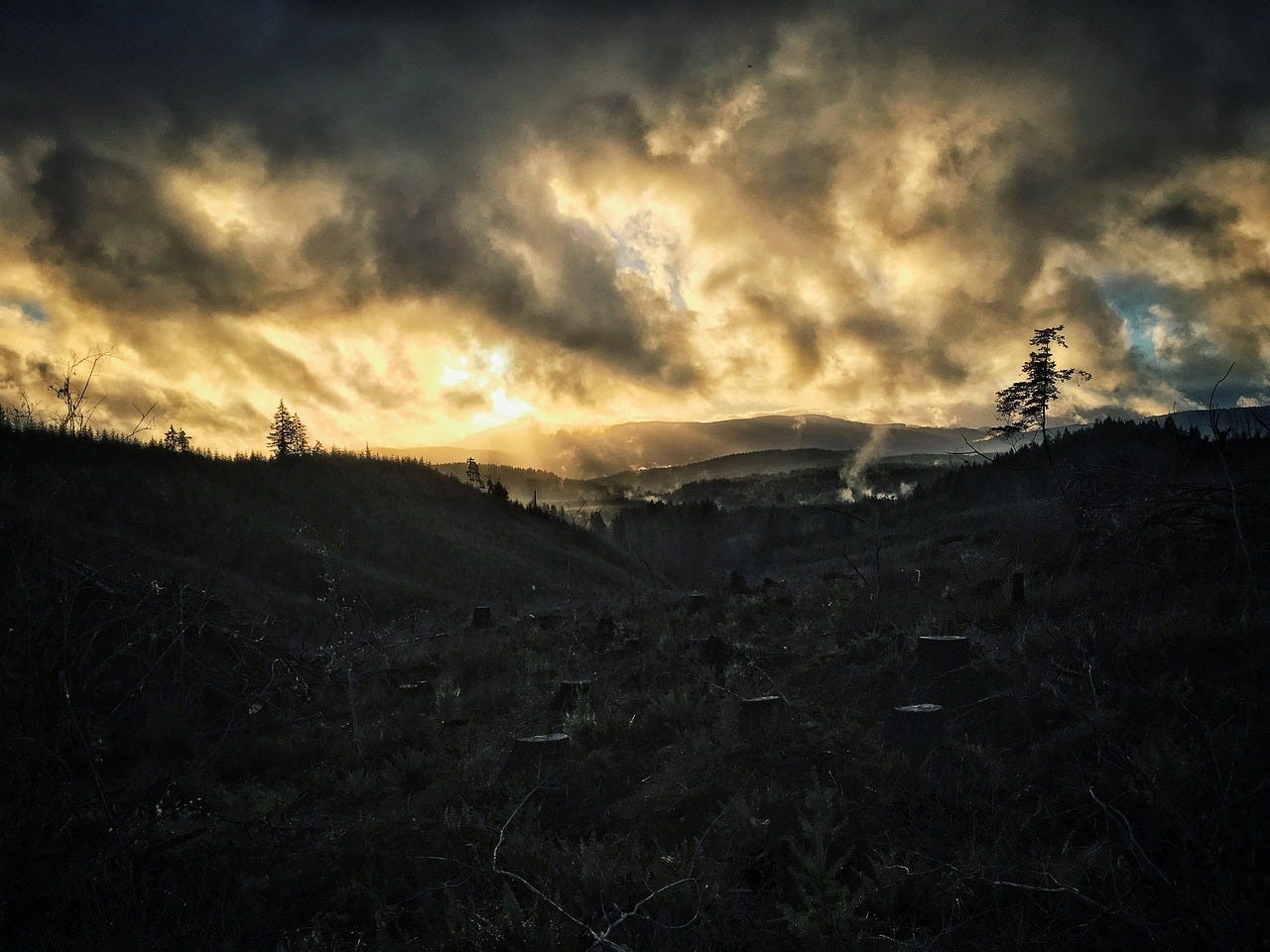
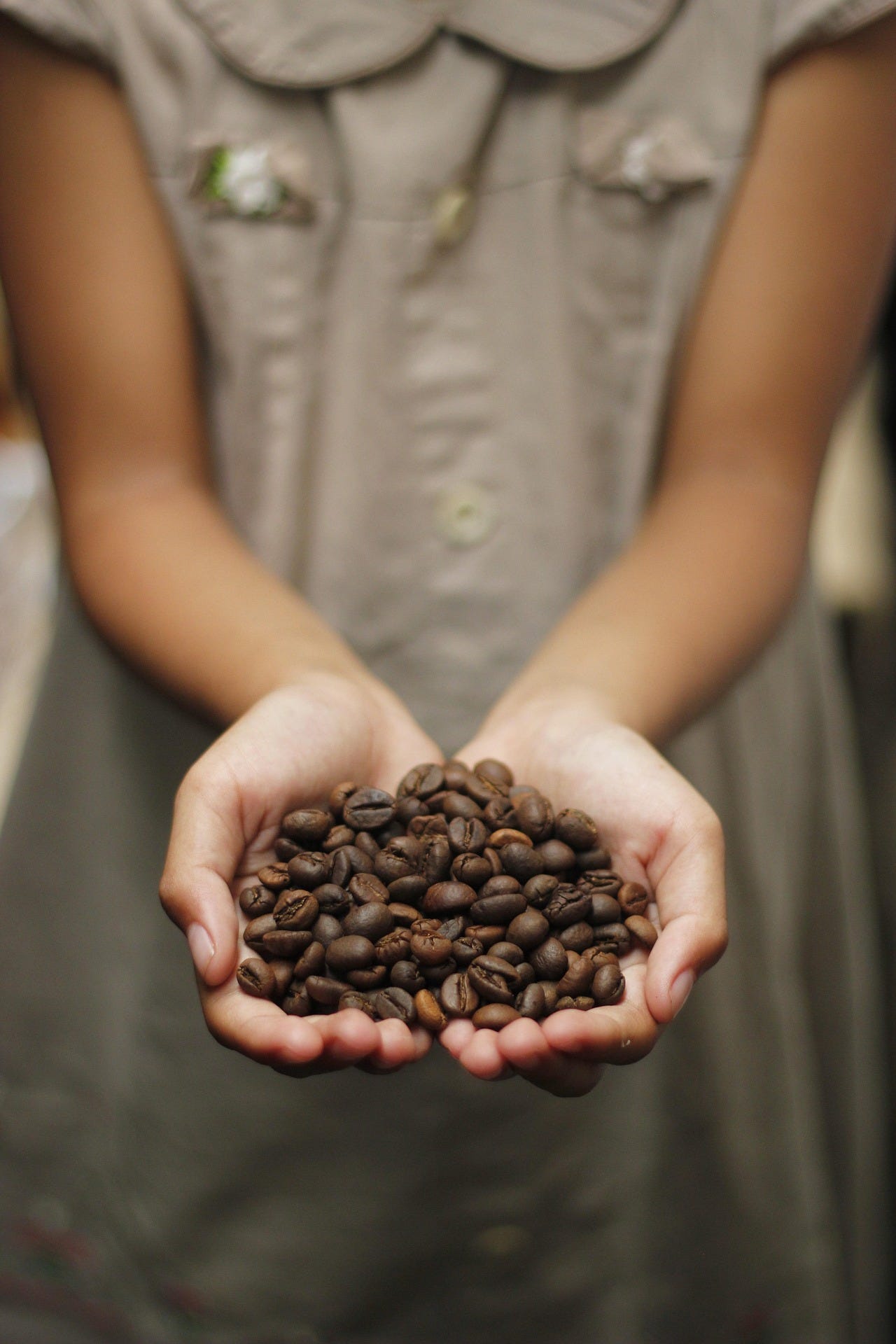

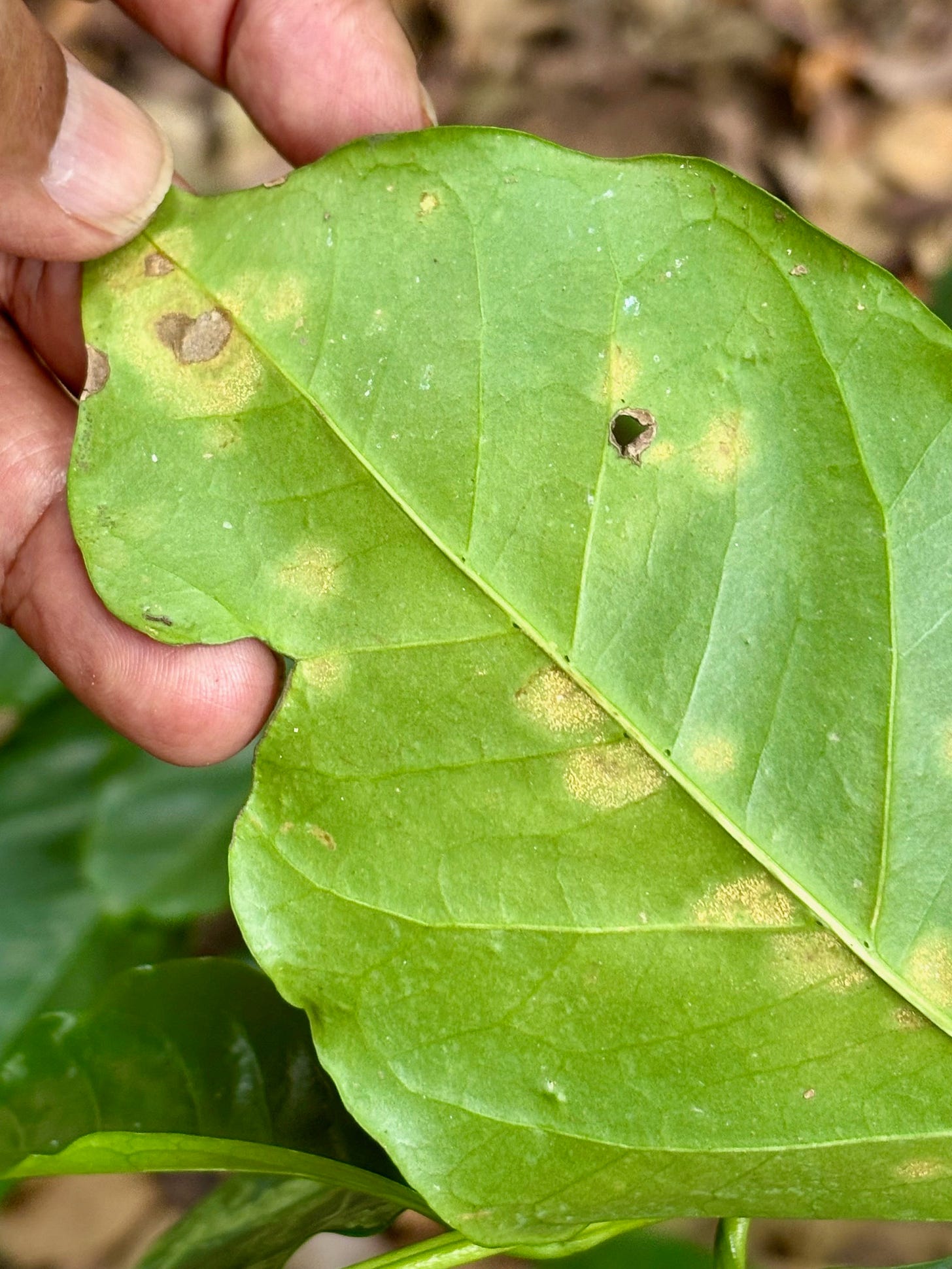
Wonderful informative historical context, is there a part 2 coming? Want to understand how India maybe well placed to take advantage of this trend, as mentioned in the last line of your article.
Your article has given a good read. My parental generations having hailed from the coffee growing Western Ghats region in Chickamagaluru district , I have become an addict for flavoured filtered Arabica Coffee. In brief a lot of information added to my knowledge too !